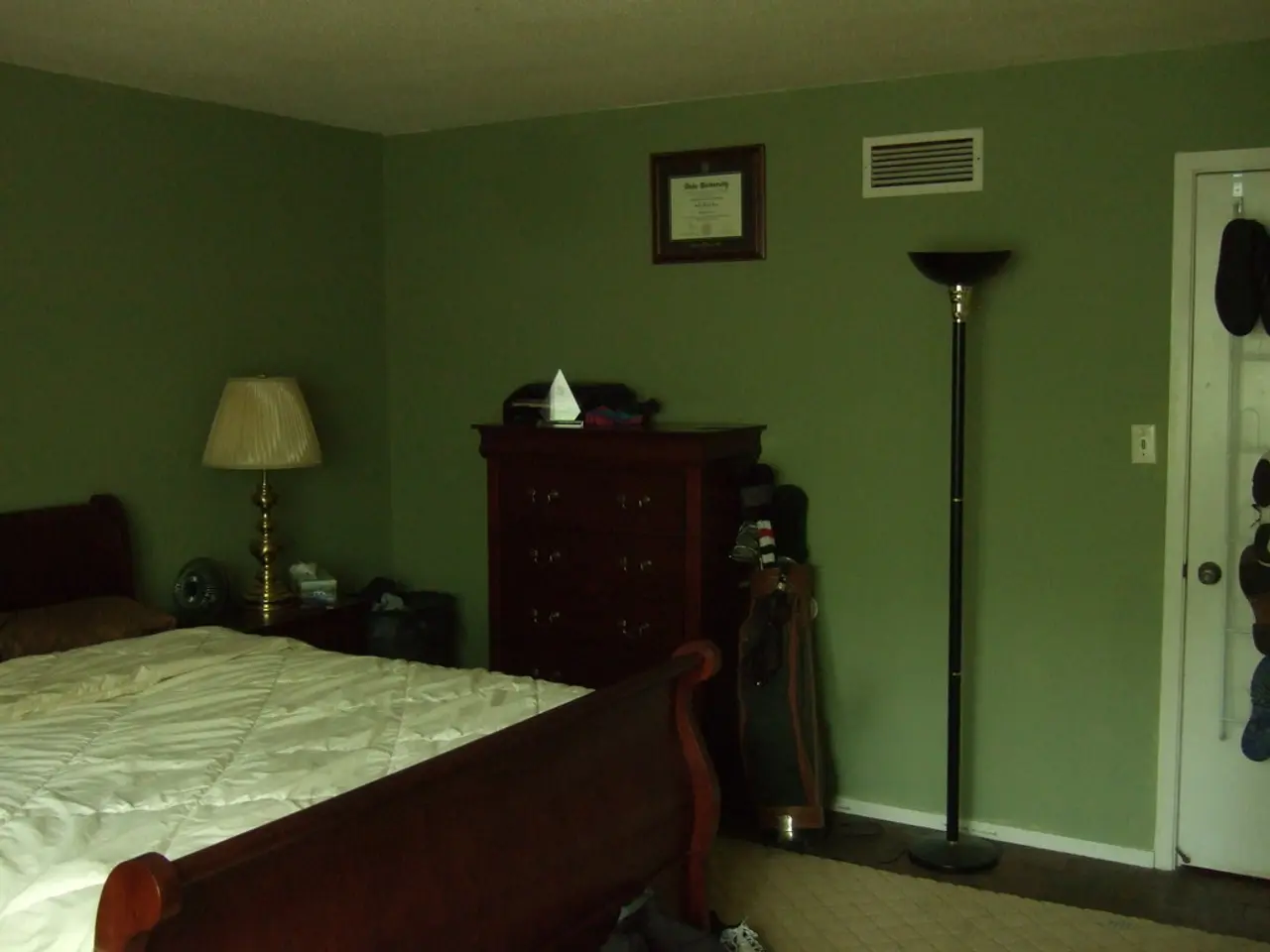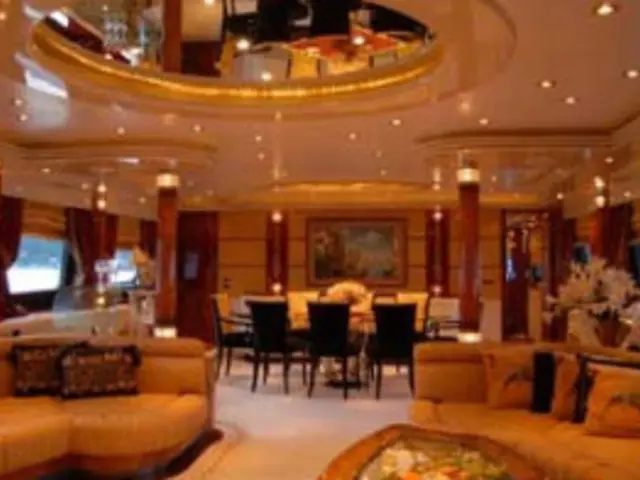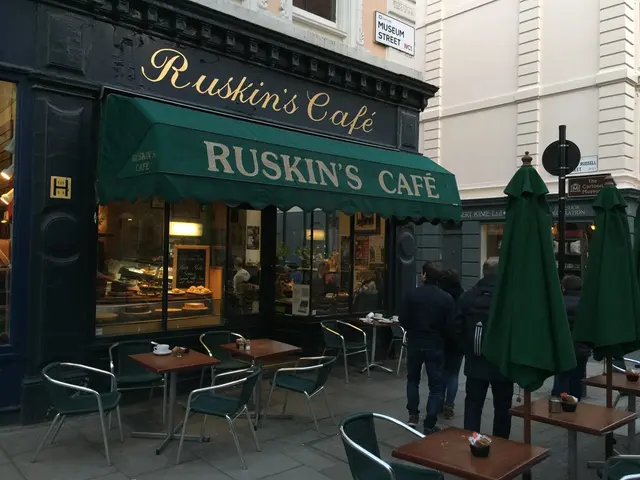Historic Home Elements Mysteriously Persisting Without Known Purpose Today
In the realm of modern home design, a growing appreciation for vintage elements is creating a unique blend of old and new. These antique features, once essential in pre-modern homes, now add charm, character, and functional adaptability to contemporary living spaces.
One such essential was the Ice Delivery Door, designed to allow large ice blocks to be deposited directly into an insulated freezer or icebox before the advent of electric refrigeration. Today, these doors serve mainly as decorative accents or hidden storage spaces in nostalgic kitchen designs.
Coal Chutes, connecting street-level doors to basement furnaces, streamlined heavy fuel delivery and reduced household labor. Though no longer in use, they are often kept as architectural curiosities or converted into storage spaces.
Milk Delivery Doors, small external hatches used by milkmen to deposit daily glass jug deliveries, are mostly obsolete but can be restored for vintage flair or secure package drop-offs.
Root Cellars, underground or insulated rooms used for food preservation, can be revitalized for storage or even as wine cellars.
Dumbwaiters, small freight elevators used to move food and goods between floors, were essential in homes with servants. Today, they are retained in historic homes for practicality or restored as vintage features.
Speaking Tubes, or voice pipes, connected rooms before telephones in affluent 19th-century homes. Though mostly obsolete, they sometimes are restored as quirky historical home features.
Transom Windows, small windows above doors, provided ventilation and daylight without compromising privacy. Today, they add architectural interest and natural light.
Servant Staircases and Servant Floor Buttons, separate stairways and controls for discreet movement and service calls by household staff, are seen as markers of social history and sometimes repurposed or integrated creatively.
Boot Scrapers, metal fixtures near entrances to scrape mud off shoes before entering, are occasionally retained as vintage charm or garden décor.
Razor Blade Slots, small slits in bathroom cabinets for safe disposal of used razor blades, are rare today but occasionally preserved by collectors of vintage bathroom furniture.
Knob & Tube Wiring, an early electrical system using ceramic knobs and tubes for insulation, is considered outdated and potentially unsafe today; often replaced but sometimes exposed ornamentally in retro restorations.
Telephone Niches, built-in recesses or wall boxes designed to hold early telephone sets, are sometimes retained as nostalgic alcoves or repurposed for modern tech.
Hoosier Cabinets, freestanding kitchen cabinets with built-in flour sifters and workspace, were designed in the early 1900s to organize kitchen tasks efficiently. Today, they are prized for vintage kitchen aesthetics and small-space organization.
Ceiling Beds, or Murphy Beds, fold into the ceiling or wall to conserve space. They remain popular in small apartments and as space-saving solutions, with modern mechanical updates.
Picture Rails, horizontal molding near the ceiling allowing easy hanging of artwork without wall damage, are still widely used for flexible and decorative art display.
Tin Ceilings, pressed metal panels that mimicked expensive plasterwork, were widespread in Victorian and early 20th-century homes. Today, they are restored or installed for vintage charm and ornate ceiling decoration.
Clawfoot Tubs, freestanding bathtubs with distinctive feet, dating to the late 19th century, are highly sought after in modern bathrooms for their elegance and classic style.
In brief, these elements originated out of practical necessity in pre-modern homes, addressing heating, lighting, communication, food preservation, space-saving, or social conventions. In contemporary homes, many are appreciated for their vintage appeal, architectural interest, or functional repurposing, especially in renovation and design that embraces history, craftsmanship, and sustainability. They help create "layered" spaces with character, bridging past and present in interior design.
If you want detailed history or tips on incorporating any specific element today, I can provide more focused information. For instance, Tin Ceilings and Clawfoot Tubs were hallmarks of Victorian luxury, while Telephone Niches were built into walls to house bulky landlines and phone books. These elements offer a rich tapestry of possibilities for those seeking to infuse their homes with a touch of history and timeless charm.
- Vintage features from pre-modern homes, such as Ice Delivery Doors and Tin Ceilings, are now sought after for their decorative appeal in contemporary living spaces, serving as reminders of past living habits.
- Antique elements like Transom Windows and Dumbwaiters are often kept as architectural curiosities, adding charm and character to modern homes while offering practical solutions like creating hidden storage spaces or acting as vintage features.
- In the realm of fashion and beauty, vintage Hoosier Cabinets are desirable for their small-space organization and aesthetics, embodying the charm of early 1900s kitchen design.
- Pets might find comfort in Boot Scrapers repurposed as garden décor, providing a suitable spot for them to clean their paws before wandering into the house.
- Travelers can experience a taste of bygone eras by visiting homes adorned with Knob & Tube Wiring, Razor Blade Slots, or Telephone Niches, each serving as tangible reminders of technological advancement and social evolution.
- Alternatively, food enthusiasts might appreciate vintage Root Cellars converted into wine cellars, merging historical preservation with the pleasure of fine dining experiences.






